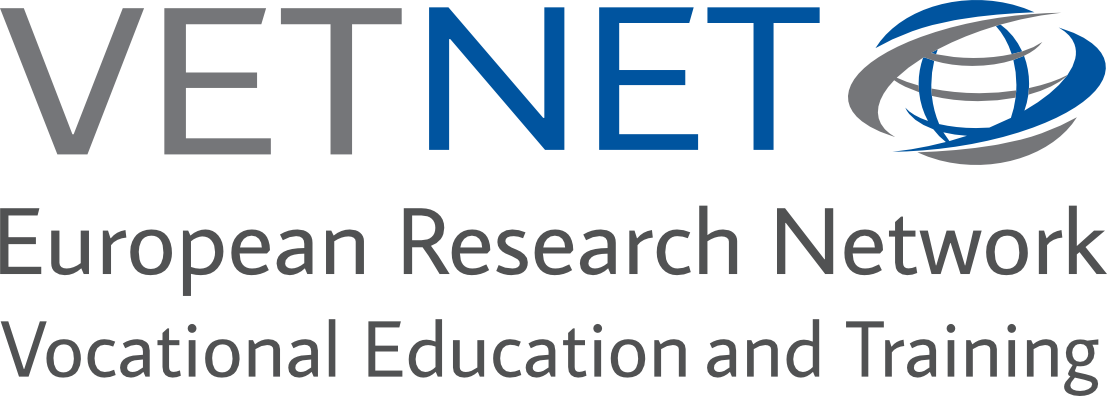When Work Comes First: Young Adults in Vocational Education and Training in Norway
DOI:
https://doi.org/10.13152/IJRVET.4.3.5Keywords:
VET, School-to-Work Transitions, Vocational Education and Training, Young Adults, School-to-Work Transition, Dropout, NorwayAbstract
Since reforms implemented in 1994, vocational education and training (VET) in Norway has been integrated and standardized as part of upper-secondary education. When young people enter upper-secondary education at the age of 15 or 16, they can choose either a vocational programme or a general academic programme. The standard model in vocational programmes is 2 years of school-based education, followed by 2 years of apprenticeship training. However, in practice, only a minority follow the standard route and acquire a trade certificate within 4 years. The average age upon completion of a vocational programme in Norway is 28 years, which is among the highest in the OECD. The purpose of this study was to explore personal trajectories within the Norwegian context to gain a better understanding of why people choose to obtain a trade certificate as young adults, instead of following the standardized route, drawn up by policy makers. Qualitative interviews were conducted with 34 people who obtained a trade certificate when they were aged between 25 and 35 years. The study showed that the opportunity to acquire formal VET qualifications through workplace learning provides an important second chance for many young adults in Norway. Based on the findings, we argue that policy makers need to see educational achievement in a long-term perspective and to design institutional structures that support learning opportunities at work, as well as in formal educational settings.





